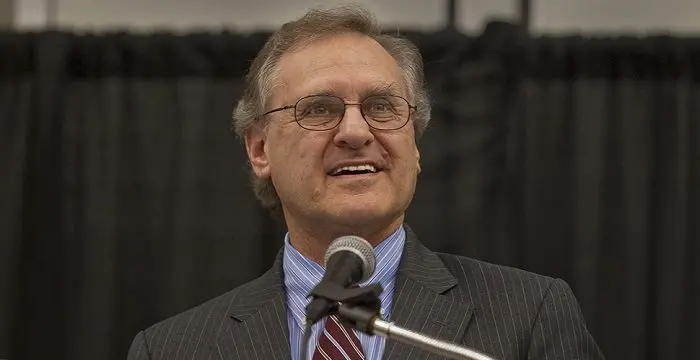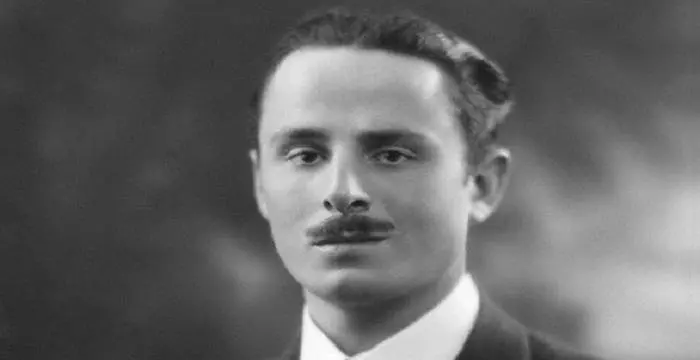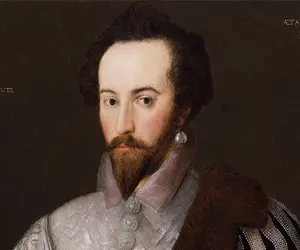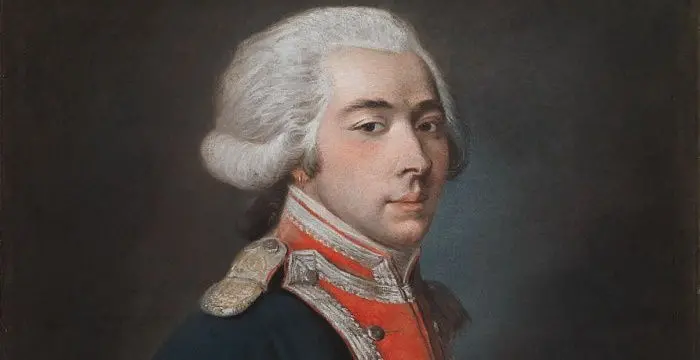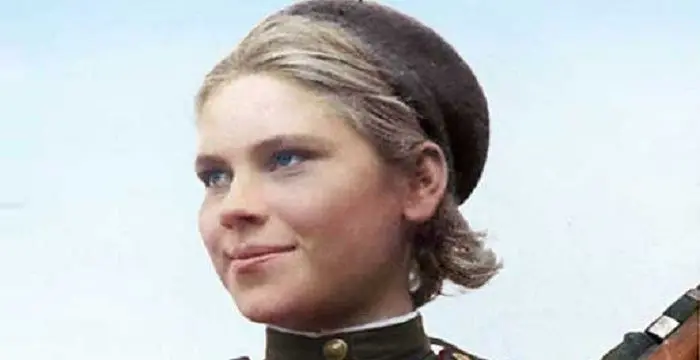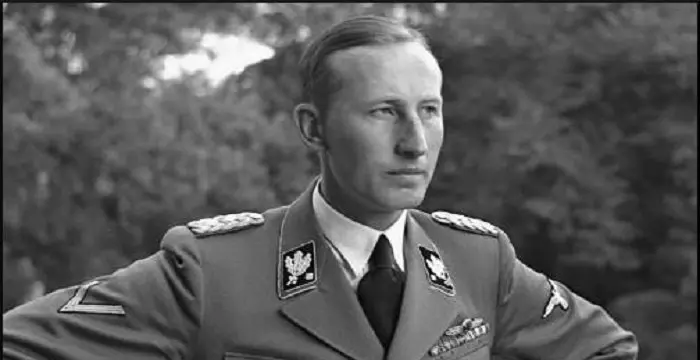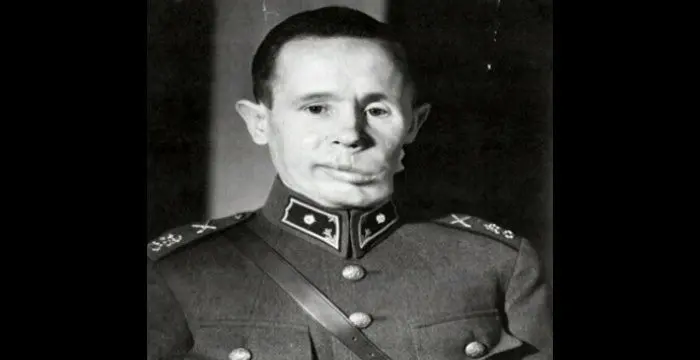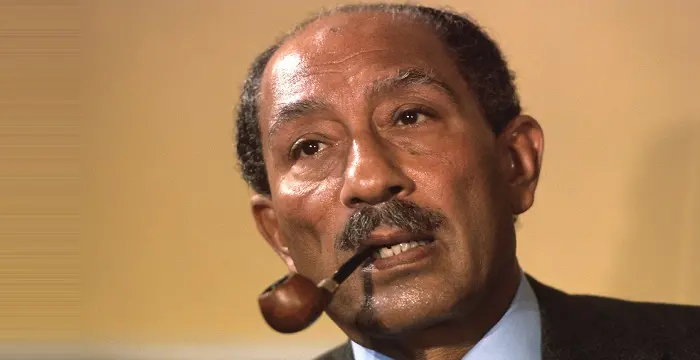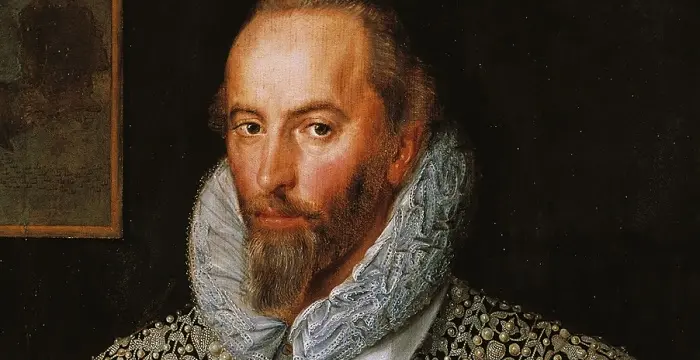
Walter Raleigh - Aristocrat, Birthday and Childhood
Walter Raleigh's Personal Details
Walter Raleigh was an English aristocrat, writer, poet, politician and explorer
| Information | Detail |
|---|---|
| Birthday | January 22, 1554 |
| Died on | October 29, 1618 |
| Nationality | British |
| Famous | Oxford University, Leaders, Political Leaders, Writers, Soldiers, Explorers, Aristocrat, Politician |
| Spouses | Elizabeth Throckmorton |
| Siblings | Adrian Gilbert, Carew Raleigh, Humphrey Gilbert, John Gilbert |
| Known as | Sir Walter Raleigh |
| Childrens | Carew, Walter |
| Universities |
|
| Notable Alumnis |
|
| Cause of death |
|
| Birth Place | East Budleigh |
| Religion | Anglican/Episcopalian |
| Gender | Male |
| Father | Walter Raleigh |
| Mother | Catherine Champernowne |
| Sun Sign | Aquarius |
| Born in | East Budleigh |
| Famous as | Politician, Writer, Explorer, Aristocrat |
| Died at Age | 64 |
// Famous Politician
Sebastian Coe
Sebastian Coe is a British former track and field athlete turned politician. This biography of Sebastian Coe provides detailed information about his childhood, life, achievements, works & timeline.
Stephen Lewis
Stephen Lewis is a Canadian politician, broadcaster, diplomat and professor. This biography profiles his childhood, career, works, life, achievements and timeline.
Oswald Mosley
Sir Oswald Ernald Mosley was a British politician known for his pro-fascist beliefs. This biography profiles his childhood, family, personal life, opinions, career, etc.
Walter Raleigh's photo
Who is Walter Raleigh?
A courtier by heart, an explorer by passion, an aristocrat and author by work and a soldier by spirit, Sir Walter Raleigh donned many hats in his lifetime. Born in a Protestant family, he completed his education from Oxford College and later on rose up to be part of the Hugenot army in France. He played an active role in the suppression of rebellions in the Siege of Smerwick and was offered the status of a landlord, after the land confiscated by the native Irish was transferred to him. It was during the Elizabethan era that he bloomed and prospered, rapidly rising up the ranks due to the favour of Queen Elizabeth I. In 1585 he was knighted and appointed warden of the mines of Cornwall and Devon. He also played a crucial role in the English colonization of North America. It was in 1594 that he set sail to hunt for the ‘City of Gold’. After his year-long expedition, he penned his experiences in a book which contributed to the legend, ‘El Dorado’. It was after the death of Queen Elizabeth I that he was imprisoned on charges of treason and executed. However, notwithstanding his unnecessary and unjust death, he was and is still considered as the most notable figures of the Elizabethan era. In fact, he was included in the list of 100 Greatest Britons in the BBC poll of 2002.
// Famous Aristocrat
Marquis de Lafayette
Marquis de Lafayette was a French aristocrat and for the United States in the American Revolutionary War. This biography provides detailed information on his childhood, achievements, life and timeline.
Childhood & Early Life
The exact year as to when Walter Raleigh was born is questionable. While historians claim it to be somewhere around 1552, the Oxford Dictionary assumes it to be 1554. However, one thing which is certain is that he was born in Devon, England, to Walter Raleigh and Catherine Champernowne.
Belonging to a Protestant family, he developed a religious contention against Roman Catholics since an early age.
He gained his education from Oxford University before serving in the Hugenot army in France. In 1575, he was registered at the Middle Temple.
Career
From 1579, he took part in the suppression of the Desmond Rebellions. He was awarded with 40,000 acres of land including those of the coastal areas of Youghal and Lismore after the seizure and distribution.
In 1581, he returned to England and became active in court life. It was due to his ruthlessness at the siege of Smerwick and plantation of English and Scots Protestants in Munster that he was knighted in 1585. Furthermore, he was given trade privileges and the right to colonize America.
In 1581, he was appointed warden of the mines of Cornwall and Devon, Lord Lieutenant of Cornwall, and vice-admiral of the two counties. For a year, from 1585 to 1586, he even sat in the parliament as the member of Devonshire.
In the year 1592, he yet again received numerous rewards from the Queen, including the Durham House in the Strand and the estate of the Sherborne, Dorset. He was appointed Captain of the Yeomen of the Guard.
In 1588, he took on the seat of the Vice Admiral of Devon, and was in charge of looking after the coastal defences and military levies. During his seventeen years of tenure as the Irish landlord, Youghal served to be his occasional home. From 1588 to 1589, he served as the mayor of the town.
After a tumultuous phase during which he suffered from personal crisis and was imprisoned, he was released in August 1592 to help set up an expedition for an attack on the Spanish coast.
It was during the attack on the Spanish coast that the fleet successfully captured a rich prize. Though he was the in-charge of the mission, the prize had to be distributed among all.
In the 1593 parliament, he was elected a burgess of Mitchell, Cornwall. The following year, he retired from his duties and started living as a recluse at Sherborne, where he had built a new house. It was known by the name of Sherborne Lodge.
It was while living at the Sherborne Lodge that his religious orientation came to limelight. He was the only Protestant amongst the group of Roman Catholics and thus was often tagged as an atheist. He was even charged of being an atheist.
In 1594, he first came to know about the ‘City of Gold’ in South America at the headwaters of the Caroni River. Excited by the piece of information, the following year he set sail in search of Manao through the cities which are today known as Guyana and eastern Venezuela.
Returning to England, he then penned his experiences and expeditions in a book which he entitled, ‘The Discovery of Guiana’ published in 1596. Though the book made exaggerated claims about his voyage, it was seen as the stepping stone for the ‘El Dorado’ legend.
In 1596, he actively participated in the capture of Cádiz, during which he was wounded. The following year, i.e., in 1597, he was second in command of the Islands Voyage to the Azores.
In 1597, his political career witnessed a major uphill climb as he became one of the chosen members of the parliament for Dorset. Four years later, he was chosen for the parliament of Cornwall. With this, he became the only member to sit in the parliament for three different countries.
During the beginning of the 17th century, his fortunes suffered a major decline as he faced problems managing his estates. As a result, in 1602, he sold his share of lands to Richard Boyle, 1st Earl of Cork
Meanwhile, from 1600 to 1603, he took up the duties of the Governor of the Channel Island of Jersey. In the new capacity, he modernised its defences by constructing new fort, thus protecting the approaches to Saint Helier, Fort Isabella Bellissima, or Elizabeth Castle
The good luck and high favour of the Queen on which he was riding high ended with the death of Queen Elizabeth in 1603. He was arrested and imprisoned in the Tower of London in July 1603 on charges of being involved in the main plot against King James.
He remained imprisoned until 1616 at the Tower of London. It was during this time that he penned numerous treatises. Furthermore, he wrote the first volume of ‘The Historie of the World’ which was published later on in 1628. The book provided an insight into the ancient history of Greece and Rome.
Post his release from the Tower of London in 1616; he was part of the second expedition to Venezuela in search of El Dorado. It was while at the expedition that his men attacked the Spanish outpost of Santo Tomé de Guayana on the Orinoco River.
After his return to England, the Spanish ambassador, Count Gondomar demanded the execution of Raleigh which was agreed upon by King James. He was then transferred to London. On the journey, he was presented with numerous opportunities of escape, but he denied taking up either.
Personal Life & Legacy
In 1591, he tied the nuptial knot with Elizabeth Bess Throckmorton, who was one of the eleven ladies-in-waiting of the Queen. She was pregnant at that time.
The marriage was kept secret from the Queen. However, the surreptitious nature of the affair could not stand for long as the Queen came to know of the illegal marriage a year later. Furious at the do, she dismissed Bess from court and imprisoned them.
It was only in August 1592 that he was released from prison to help set up an expedition for an attack on the Spanish coast. She was released a couple of months later in December.
Though the couple were separated from each other for several years, they were devoted to each other. During his absence, he took over all the responsibilities of managing the family estate and fortune.
The couple was blessed with two more sons, Walter and Carew. Their first-born had died a few months after his birth due to plague.
He was arrested in 1618 by the men of King James in an effort to appease the Spanish, especially their ambassador, Count Gondomar. Later on, a request for his execution by the later was successfully passed upon.
He was beheaded on October 29, 1618, in the Old Palace Yard at the Palace of Westminster. It is said that his final words were, “Strike, man, strike”. His head was preserved and presented to his wife.
He was buried at the local church in Beddington, Surrey - the home of Lady Raleigh. However, later on, he was finally laid to rest in St. Margaret's, Westminster.
It is reported that the wife of this English aristocrat kept his head in a velvet bag until her death, 29 years later. It was only thereafter that his head was interred in his tomb in Westminster.
Trivia
This English aristocrat and explorer and author of ‘The Discovery of Guiana’ was responsible for introducing potatoes and tobacco smoking in Britain.
// Famous Soldiers
Roza Shanina
Roza Shanina was a Russian sniper who came to be known as “the unseen terror of East Prussia” during World War II. Find more about her childhood, family, personal life, etc.
Reinhard Heydrich
Reinhard Heydrich was a high-ranking German Nazi official during the World War II. Check out this biography to know about his childhood, family life, achievements and other facts about his life.
Simo Häyhä
Simo "Simuna" Häyhä was a Finnish sniper, considered the most deadly sniper in war history. Find more about his family, childhood, personal life, career, achievements, etc.
Walter Raleigh biography timelines
- // 1552The exact year as to when Walter Raleigh was born is questionable. While historians claim it to be somewhere around 1552, the Oxford Dictionary assumes it to be 1554. However, one thing which is certain is that he was born in Devon, England, to Walter Raleigh and Catherine Champernowne.
- // 1575He gained his education from Oxford University before serving in the Hugenot army in France. In 1575, he was registered at the Middle Temple.
- // 1579From 1579, he took part in the suppression of the Desmond Rebellions. He was awarded with 40,000 acres of land including those of the coastal areas of Youghal and Lismore after the seizure and distribution.
- // 1581 To 1585In 1581, he returned to England and became active in court life. It was due to his ruthlessness at the siege of Smerwick and plantation of English and Scots Protestants in Munster that he was knighted in 1585. Furthermore, he was given trade privileges and the right to colonize America.
- // 1581 To 1586In 1581, he was appointed warden of the mines of Cornwall and Devon, Lord Lieutenant of Cornwall, and vice-admiral of the two counties. For a year, from 1585 to 1586, he even sat in the parliament as the member of Devonshire.
- // 1588 To 1589In 1588, he took on the seat of the Vice Admiral of Devon, and was in charge of looking after the coastal defences and military levies. During his seventeen years of tenure as the Irish landlord, Youghal served to be his occasional home. From 1588 to 1589, he served as the mayor of the town.
- // 1591In 1591, he tied the nuptial knot with Elizabeth Bess Throckmorton, who was one of the eleven ladies-in-waiting of the Queen. She was pregnant at that time.
- // 1592In the year 1592, he yet again received numerous rewards from the Queen, including the Durham House in the Strand and the estate of the Sherborne, Dorset. He was appointed Captain of the Yeomen of the Guard.
- // Aug 1592After a tumultuous phase during which he suffered from personal crisis and was imprisoned, he was released in August 1592 to help set up an expedition for an attack on the Spanish coast.
- // Aug 1592It was only in August 1592 that he was released from prison to help set up an expedition for an attack on the Spanish coast. She was released a couple of months later in December.
- // 1593In the 1593 parliament, he was elected a burgess of Mitchell, Cornwall. The following year, he retired from his duties and started living as a recluse at Sherborne, where he had built a new house. It was known by the name of Sherborne Lodge.
- // 1594In 1594, he first came to know about the ‘City of Gold’ in South America at the headwaters of the Caroni River. Excited by the piece of information, the following year he set sail in search of Manao through the cities which are today known as Guyana and eastern Venezuela.
- // 1596Returning to England, he then penned his experiences and expeditions in a book which he entitled, ‘The Discovery of Guiana’ published in 1596. Though the book made exaggerated claims about his voyage, it was seen as the stepping stone for the ‘El Dorado’ legend.
- // 1596 To 1597In 1596, he actively participated in the capture of Cádiz, during which he was wounded. The following year, i.e., in 1597, he was second in command of the Islands Voyage to the Azores.
- // 1597In 1597, his political career witnessed a major uphill climb as he became one of the chosen members of the parliament for Dorset. Four years later, he was chosen for the parliament of Cornwall. With this, he became the only member to sit in the parliament for three different countries.
- // 1600 To 1603Meanwhile, from 1600 to 1603, he took up the duties of the Governor of the Channel Island of Jersey. In the new capacity, he modernised its defences by constructing new fort, thus protecting the approaches to Saint Helier, Fort Isabella Bellissima, or Elizabeth Castle
- // 1602During the beginning of the 17th century, his fortunes suffered a major decline as he faced problems managing his estates. As a result, in 1602, he sold his share of lands to Richard Boyle, 1st Earl of Cork
- // Jul 1603The good luck and high favour of the Queen on which he was riding high ended with the death of Queen Elizabeth in 1603. He was arrested and imprisoned in the Tower of London in July 1603 on charges of being involved in the main plot against King James.
- // 1616 To 1628He remained imprisoned until 1616 at the Tower of London. It was during this time that he penned numerous treatises. Furthermore, he wrote the first volume of ‘The Historie of the World’ which was published later on in 1628. The book provided an insight into the ancient history of Greece and Rome.
- // 1616Post his release from the Tower of London in 1616; he was part of the second expedition to Venezuela in search of El Dorado. It was while at the expedition that his men attacked the Spanish outpost of Santo Tomé de Guayana on the Orinoco River.
- // 1618He was arrested in 1618 by the men of King James in an effort to appease the Spanish, especially their ambassador, Count Gondomar. Later on, a request for his execution by the later was successfully passed upon.
- // 29th Oct 1618He was beheaded on October 29, 1618, in the Old Palace Yard at the Palace of Westminster. It is said that his final words were, “Strike, man, strike”. His head was preserved and presented to his wife.
// Famous Leaders
Edi Rama
Edi Rama is the current Prime Minister of Albania. Check out this biography to know about his childhood, life, achievements, works & timeline.
Tecumseh
Tecumseh was a Native American leader of the Shawnee clan. This biography profiles his childhood, life and timeline.
Khalifa bin Zayed Al Nahyan
Sheikh Khalifa bin Zayed Al Nahyan is the current President of the United Arab Emirates (UAE). Check out this biography to know about his birthday, childhood, family life, achievements and fun facts about him.
Anwar Sadat
Anwar Sadat was the third President of Egypt and has been awarded the Nobel Prize for his peace initiatives. To know more about his childhood, career, profile and timeline read on the following biography.
Leo Varadkar
Cam Leo Varadkar is the current Taoiseach—the Prime Minister—of the Republic of Ireland. Check out this biography to know about his childhood, family life, achievements and other facts about his life.
Swami Vivekananda
Swami Vivekananda was the chief disciple of Sri Ramakrishna, and was responsible for awakening India spiritually. Check this biography to know in detail about his life, profile and timeline.
Walter Raleigh's FAQ
What is Walter Raleigh birthday?
Walter Raleigh was born at 1554-01-22
When was Walter Raleigh died?
Walter Raleigh was died at 1618-10-29
Where was Walter Raleigh died?
Walter Raleigh was died in London, England
Which age was Walter Raleigh died?
Walter Raleigh was died at age 64
Where is Walter Raleigh's birth place?
Walter Raleigh was born in East Budleigh
What is Walter Raleigh nationalities?
Walter Raleigh's nationalities is British
Who is Walter Raleigh spouses?
Walter Raleigh's spouses is Elizabeth Throckmorton
Who is Walter Raleigh siblings?
Walter Raleigh's siblings is Adrian Gilbert, Carew Raleigh, Humphrey Gilbert, John Gilbert
Who is Walter Raleigh childrens?
Walter Raleigh's childrens is Carew, Walter
What was Walter Raleigh universities?
Walter Raleigh studied at Oxford University, Oriel College, University of Oxford
What was Walter Raleigh notable alumnis?
Walter Raleigh's notable alumnis is Oxford University
What is Walter Raleigh's cause of dead?
Walter Raleigh dead because of Execution
What is Walter Raleigh's religion?
Walter Raleigh's religion is Anglican/Episcopalian
Who is Walter Raleigh's father?
Walter Raleigh's father is Walter Raleigh
Who is Walter Raleigh's mother?
Walter Raleigh's mother is Catherine Champernowne
What is Walter Raleigh's sun sign?
Walter Raleigh is Aquarius
How famous is Walter Raleigh?
Walter Raleigh is famouse as Politician, Writer, Explorer, Aristocrat

